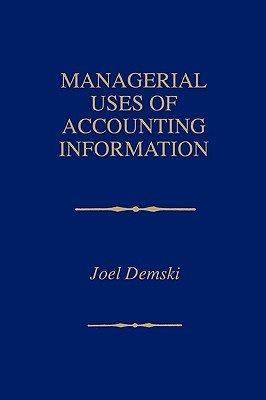new pToduct with investment and inventory Ralph is now trying to deeide whether to aecept a customer's
Question:
new pToduct with investment and inventory Ralph is now trying to deeide whether to aecept a customer's proposal to sign a long-term supplier contract. The customer will require 1,000 or 3,000 units of a speeialized assembly in each of the next 3 years. The three periods are independent, and the probability of 1,000 units being required is .5 in each period. (Thus, the expected number of units is 2,000 each period.) The customer is wilIing to pay an up-front retainer of 90,000 dollars, pIus 100 per unit ordered and delivered. The customer, though, determines the amount required (resulting in the noted·probabilities).
Ralph's per unit eost analysis breaks down as follows:
direet material 32 and direet labor 18.
Labor is costed at 18 per hour. Overhead is eosted at a full eost rate of 150% of material pIus 50% of direct labor. Half of each rate is fixed overhead allocation. Ralph's marginaI tax rate is 42% in each period. Ralph is working below capaeity and has under-absorbed overhead that is being expensed for tax purposes. This situation is expected to persist for at least 4 more years. (Notice that the retainer of 90,000 will be booked as revenue, both for finaneial and tax purposes, during the period of production.
A reasonable assumption is 1/3 is booked at the end of the 3 production periods.)
Ralph must also acquire a speeialized machine in order to manufaeture this assembly. The machine can be acquired in the machine market for 125,000. It wilI have zero salvage value at the end of the eontract, and will be depreciated for tax purposes on a 3-year MACRS basis (33.33%, 44.45%, 14.81%, 7.41%). In addition, Ralph would be foreed to maintain an inventory of 500 units, which would be depleted in the third year. Thus, ifthe customer orders 1,000 units in the first year, 1,500 will be produeed in the first year. If 3,000 units are ordered in the first year, 3,500 will be produeed in the first year. Production in the third year will be actual demand less 500 units. (Assume the machine depreeiation will be treated as a period cost for tax purposes.)
For planning purposes, Ralph has decided to ignore estimated tax payments and intraperiod cash flow timing differences. Thus cash flow assoeiated with production oecurs at the end of the production year, tax payments oecur at the end of the year in question, and so on. This is not accurate, but it is the way Ralph has decided to take an initial cut at the problem.
Suppose Ralph is risk neutral and discounts after tax cash flow at a rate of 9%.
Should Ralph aecept the customer's proposal?
AppendixLO1
Step by Step Answer:






